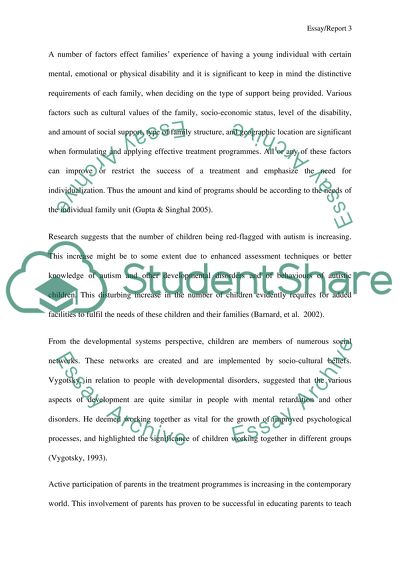Cite this document
(“Autism Essay Example | Topics and Well Written Essays - 3750 words”, n.d.)
Retrieved from https://studentshare.org/family-consumer-science/1412042-autism
Retrieved from https://studentshare.org/family-consumer-science/1412042-autism
(Autism Essay Example | Topics and Well Written Essays - 3750 Words)
https://studentshare.org/family-consumer-science/1412042-autism.
https://studentshare.org/family-consumer-science/1412042-autism.
“Autism Essay Example | Topics and Well Written Essays - 3750 Words”, n.d. https://studentshare.org/family-consumer-science/1412042-autism.


